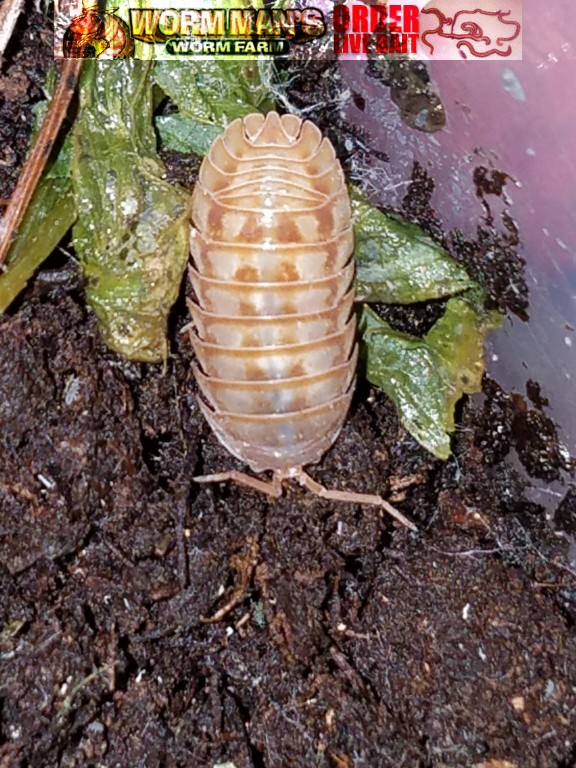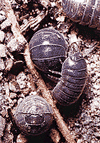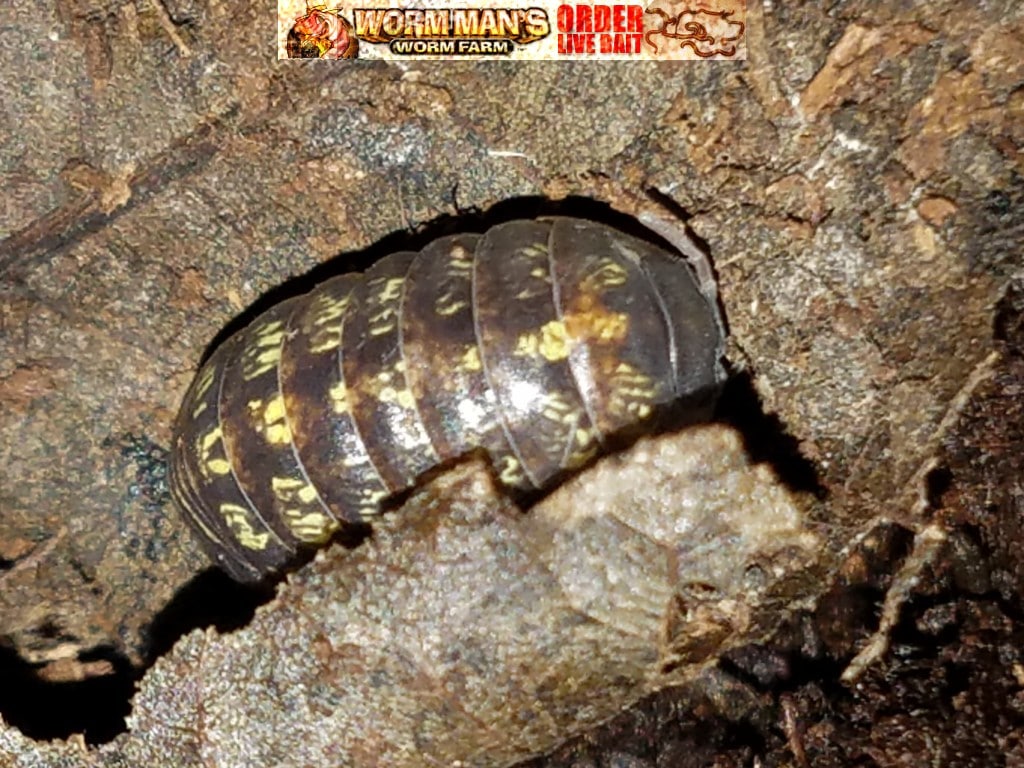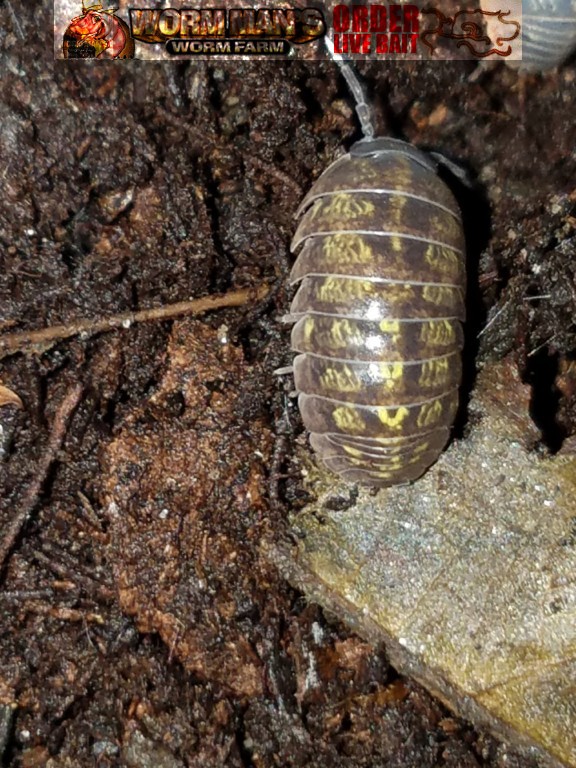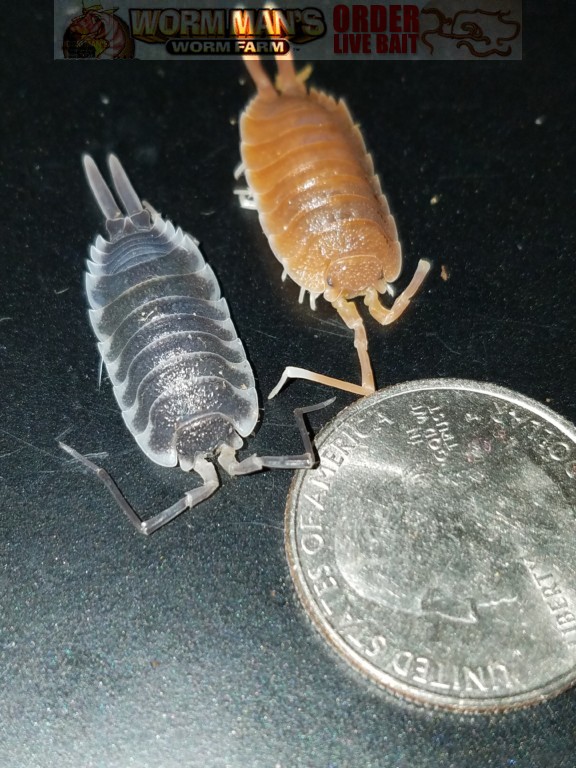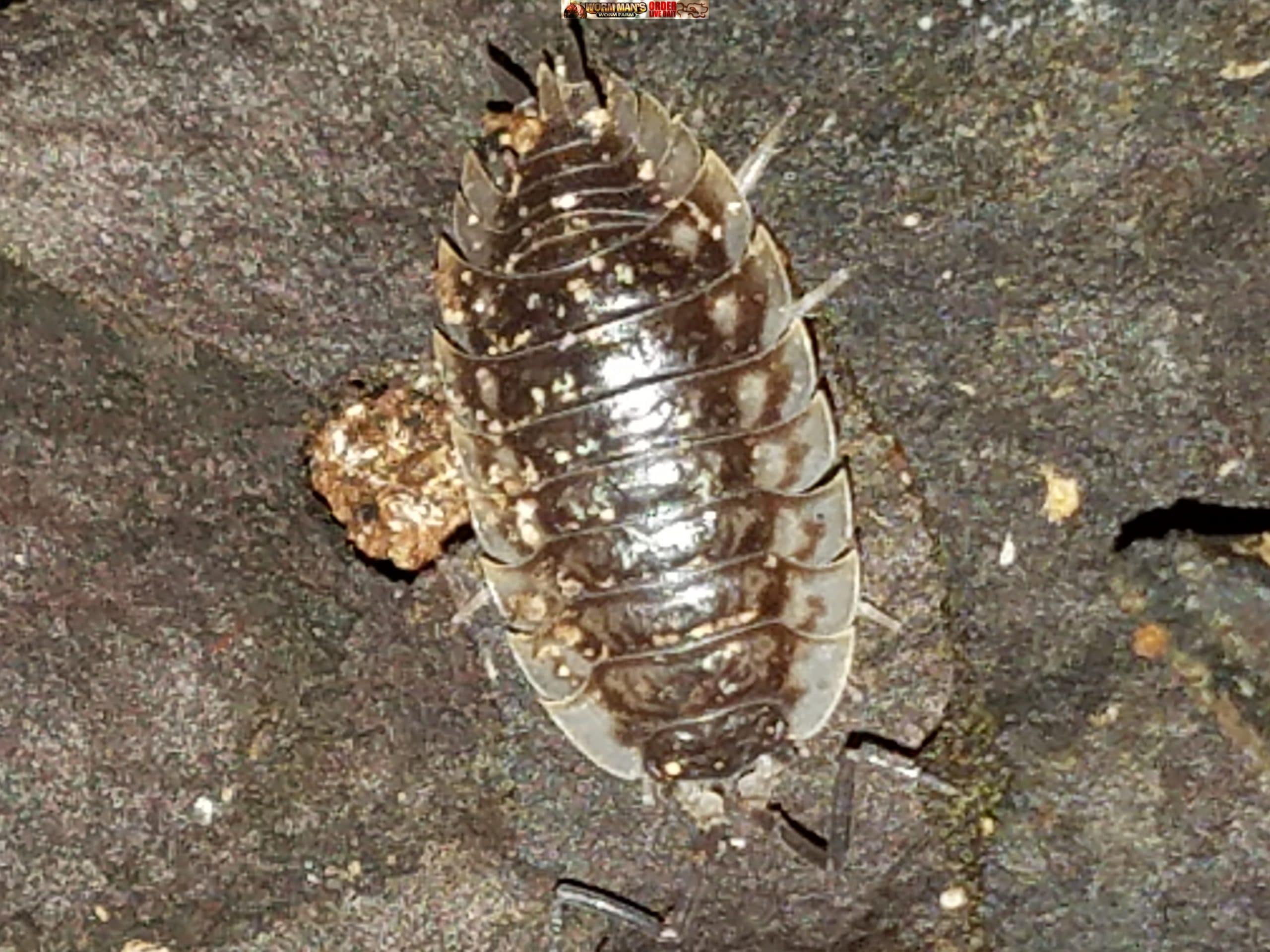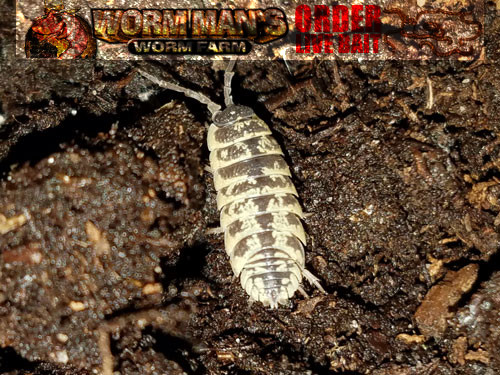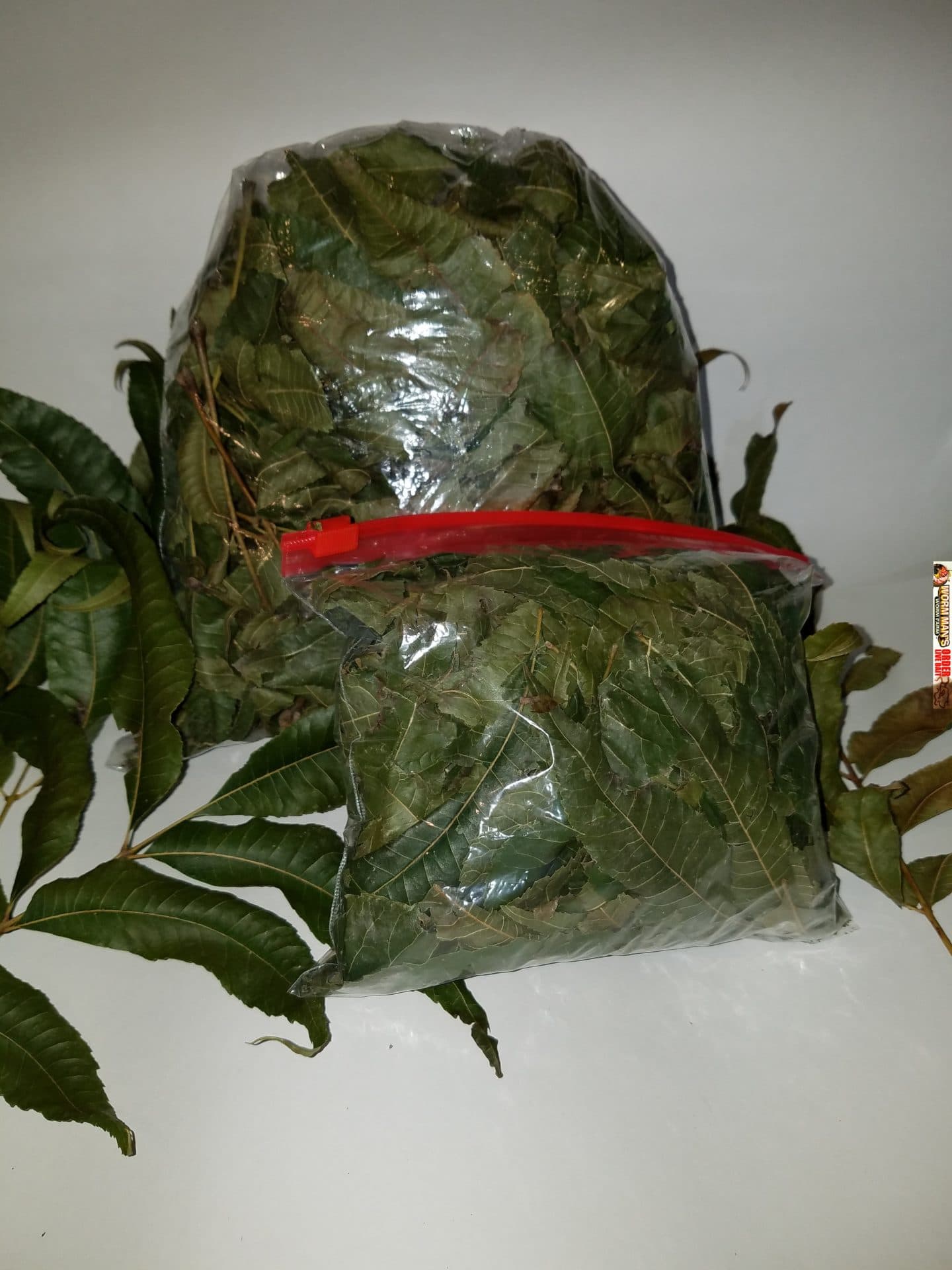
Feeding Roaches and
Isopods
I am often asked what I use as a stable diet for roaches and for isopods, and if there is anything that will feed both. The answer is yes and yes. We feed three items to our roaches and to our isopods universally. I will go into each food type that we use. Those are not the only food items that we feed to our roaches and Isopods. For instance, we feed or roaches a variety of vegetables and fruits in addition the to three universal items. Those food items vary based upon the species. Some roaches love oranges, for instance, while others ignore them. Some are picky and some are not. Most roaches eat good quality cat food, which is high in protein.
The three staple food items that our roaches and Isopods receive are;
- Fish food flakes. We use tropical fish flakes and gold fish food flakes for all of our roaches and isopods. They all seem to devour it. Good cat food contains about 27% protein, but fish food flakes contains 42% crude protein. The fish food also has calcium, vitamin d and various vitamins and minerals that roaches and isopods need. We buy the brand below by the case. You can get it in smaller containers for less, and you can also use other manufacturers but this is what we use.
[phpbay keywords=”Tetra Fish food” num=”3″ siteid=”1″ sortorder=”BestMatch” freeshipping=”true” templatename=”columns” columns=”3″ paging=”true”]
[divider style=”1″]
2. The 2nd thing that we feed to our roaches and isopods is Brewers yeast. We have not yet found an isopod species that does not love Brewer’s yeast. Roaches seem to eat it also. We feed this week. Brewer’s yeast contains B vitamins and is a by-product for the beer making process. Maybe that’s why they like it. This is the type that we use, and it smells great.
[phpbay keywords=”Brewers Yeast” num=”3″ siteid=”1″ sortorder=”BestMatch” freeshipping=”true” templatename=”columns” columns=”3″ paging=”true”]
3. The third food that our roaches and isopods love are leaves. Most species of roaches and isopods love leaves. They especially love Pecan, Oak and Sugar Maple leaves, in that order. At least that is what our findings have been here with our 60 isopod and roach species that we grow here on our farm.
The video below is of some of our roach species eating leaves. I apologize for the video quality. I am still learning to make and edit video.
If you would like Pecan, Oak or Maple leaves just let us know. We have them at great prices. Send me a message at Contact Support if you can’t find them.
Please tell us what you feed to your roaches and isopods below. Upload some pictures of your species eating eating what you feed to them.
Thank you.
Ken







